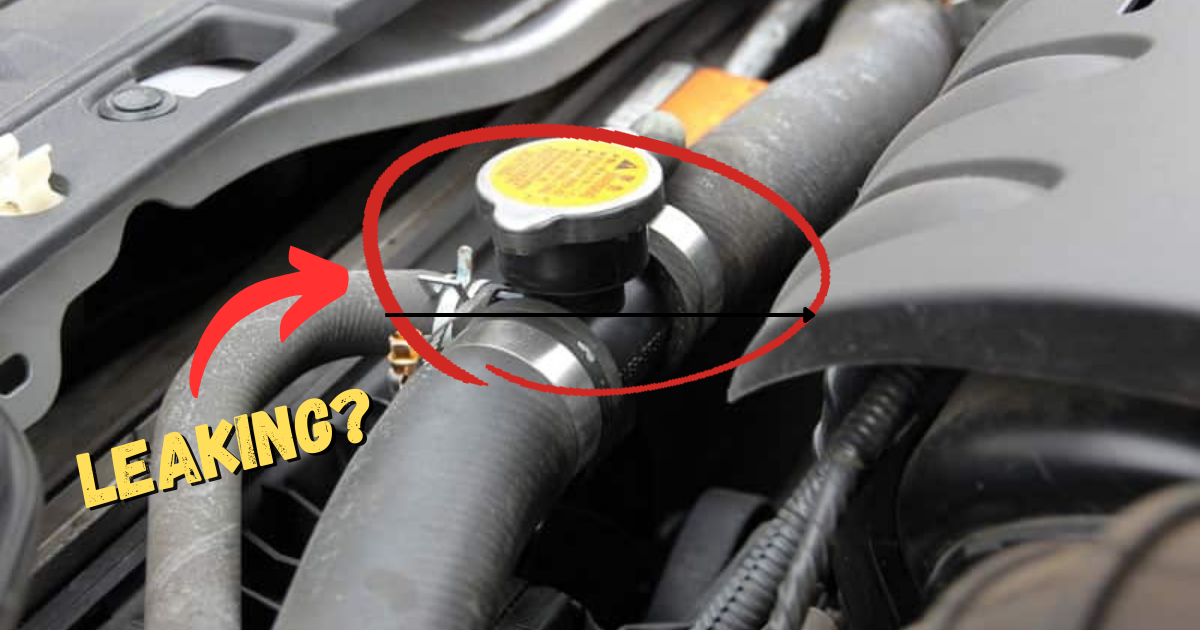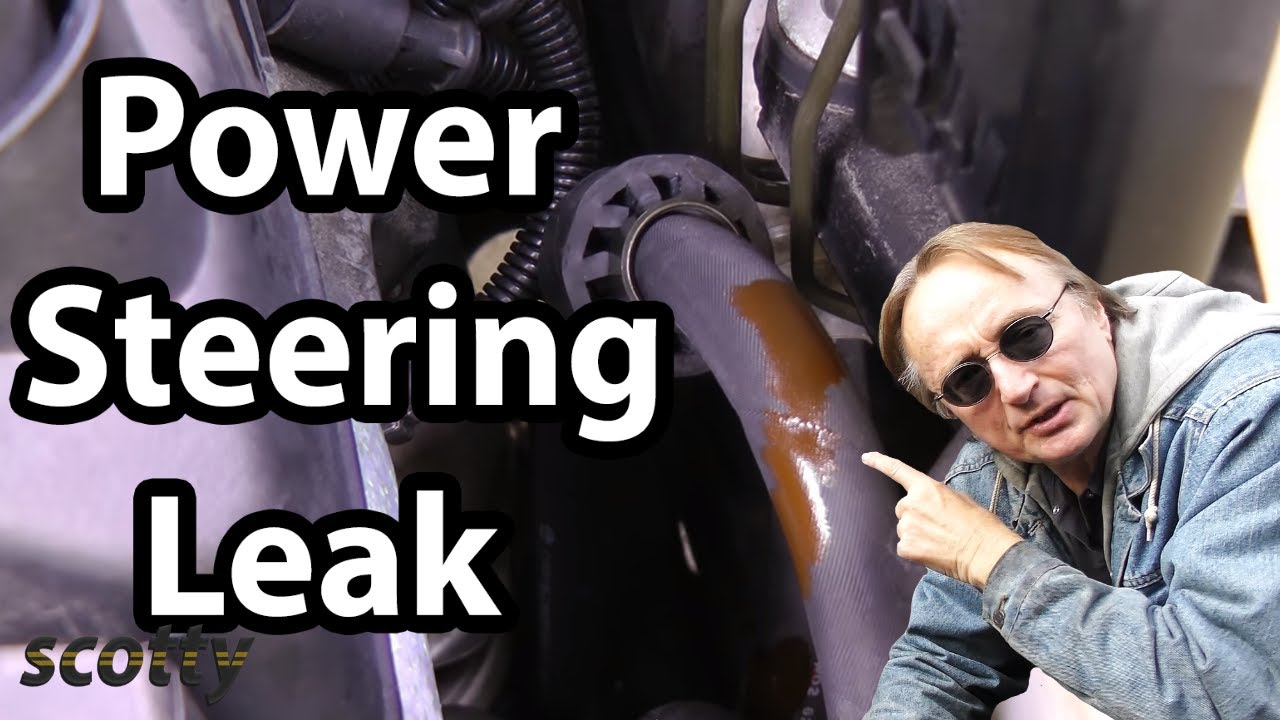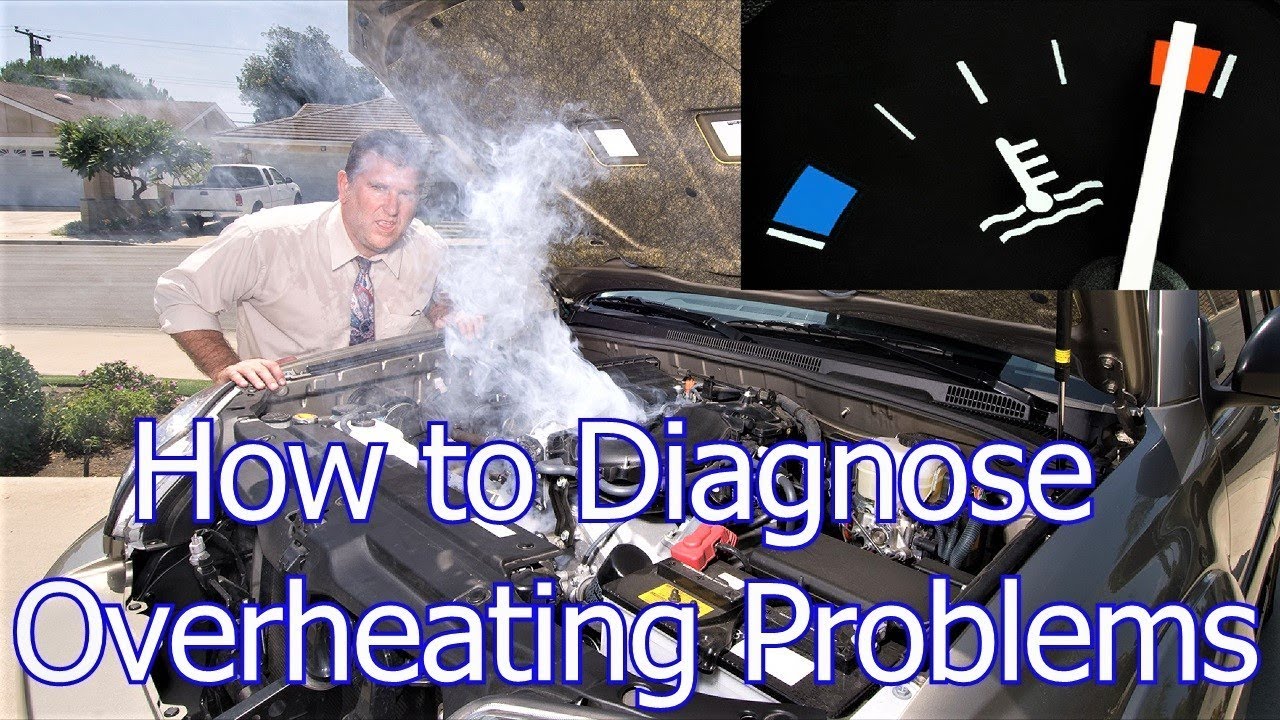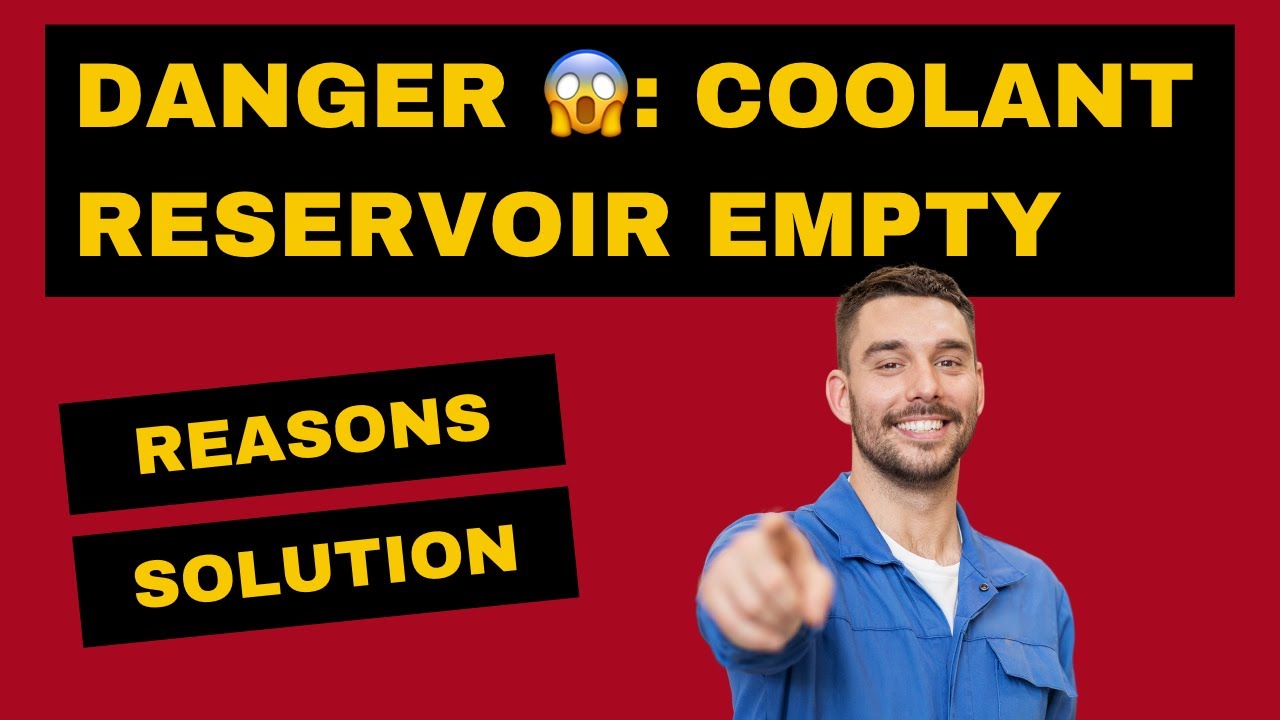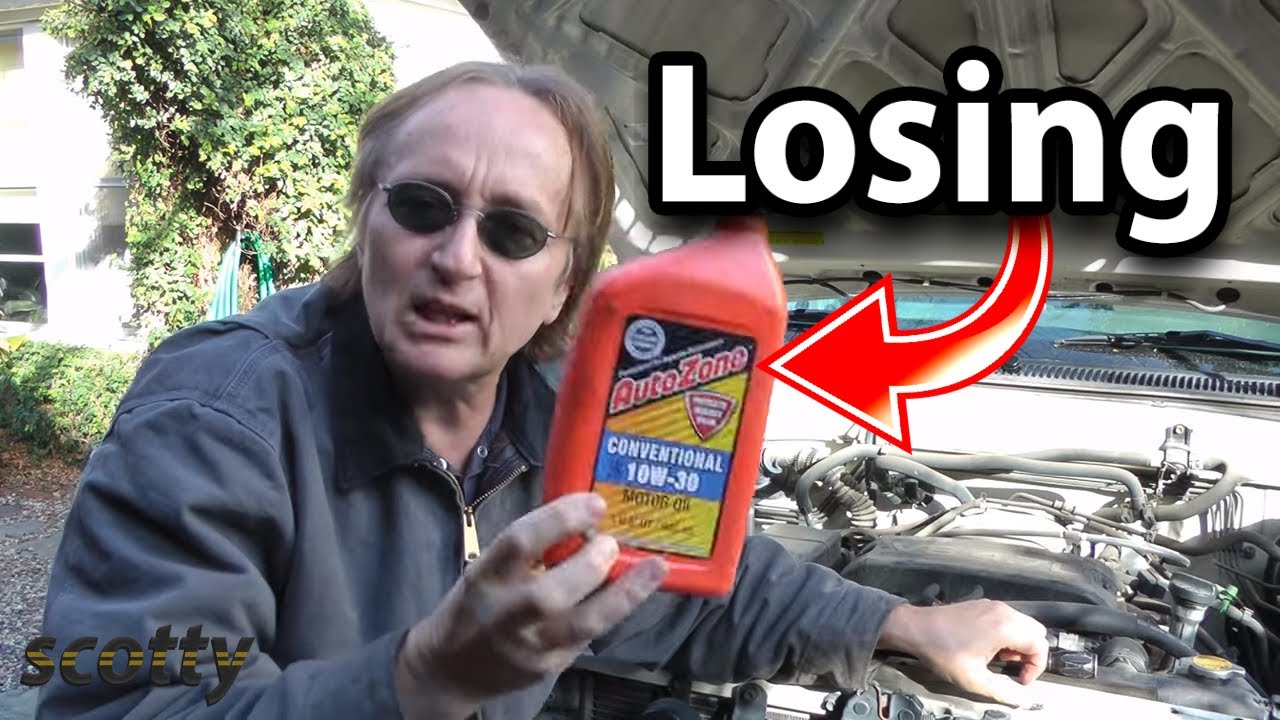A leaky radiator hose clamp can turn into a real headache if not addressed promptly. Thankfully, with the right approach, it’s a fixable issue. This article will dive into the causes of leaks at the clamp and offer straightforward solutions, so you can keep your coolant where it belongs and your engine running smoothly.
Changing out a few components is all it takes to solve this issue. You will need fresh coolant, the proper tools, and an understanding of your vehicle’s layout.
Some people might just use tape to patch up the leak until they can find a more permanent solution. But sooner or later, you’ll have to come up with something more long-term.
What Are Coolant Hoses?
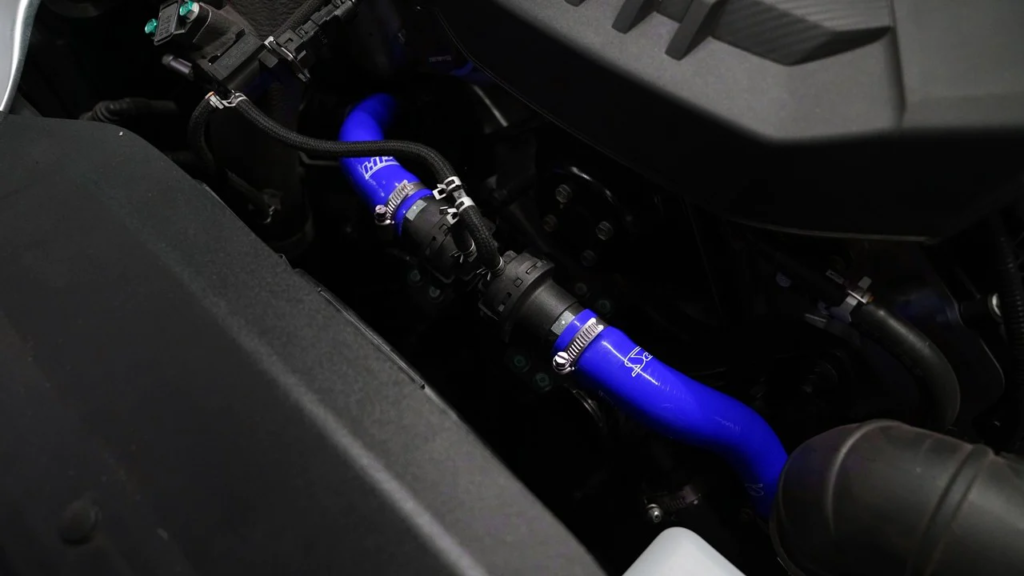
Hoses for carrying coolant are literally just hoses. They are positioned above and below the radiators, in addition to the bypass and heaters. The high-quality ones are made of synthetic rubber, so they’re resistant to pressure, vibration, chemicals, and heat, and they let liquid coolant flow unimpeded between the engine and the radiator.
First, let’s know what causes those leaks to happen in the first place.
Causes of Leakage And Their Fixes
The passage of time will eventually compromise the integrity of even the greatest hoses. The most common symptom of this problem is a hose that leaks because of abrasions or breaks. The flaws grew worse with use, and eventually, the coolant began to leak.
These leaks occur for the reasons listed below:
1. Damaged Hose/Connector or Inadequate Clamp Torque
A broken hose or loosened clamp torque is noticeable and will likely attract attention. Moreover, leaks in the radiator hose connection are caused by coolant bleed marks that trickle at the hose clamps.

The clamps should be loosened. Likewise, you can utilize clamps with a continuous tension that tightens based on the temperature of the system.
How to Resolve the Issue
Just tighten up the tension clamps. Constant-tension clamps are another option; they can be set to tighten (or relax) automatically based on the temperature of the system.
2. Electrochemical degradation (ECD)
Electrochemical corrosion of the hose can potentially cause coolant leaks as a result of metals in the cooling system being electrically charged. There are electric charges that can break the hose since the coolant is carrying the charge to different places.
You need to keep the ECD away from the hose’s end connections by two inches. If the hose is leaking, it may only be a small crack, so give it a good squeeze and look for leaks. The hose’s ends could be more flexible than its core.
How to Resolve the Issue
Changing out the hose is the quickest fix. Nevertheless, ECD-resistant hoses are the best option. As such, this is the most effective means of avoiding the issue.
Sealing may be enhanced by using beaded connectors. In order to lessen hose leakage, rubber compounds are bonded to brass fittings and cast iron. Viscose gel sealants may also be used to conceal minor cracks.
3. Kinked Hose
It’s not always the case, but a kink in a hose could be preventing proper circulation of coolant and so increasing the risk of damage to the line itself. It causes the engine to overheat, rendering the vehicle inoperable.
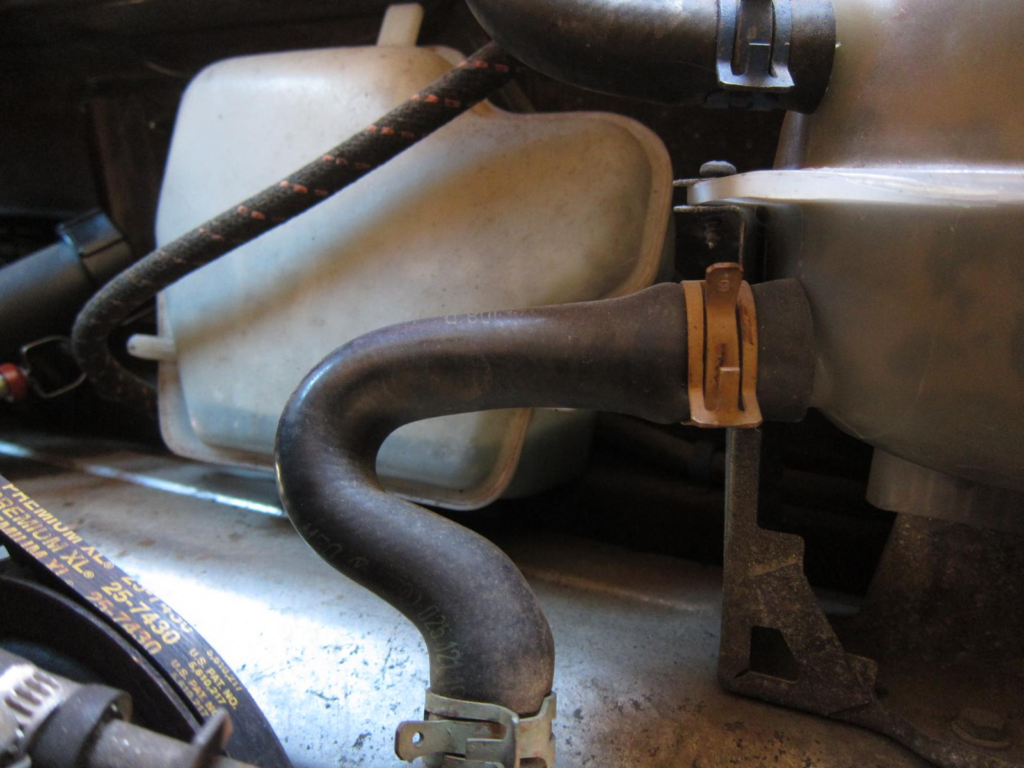
When subjected to stress or friction or when coming into contact with abrasive materials or surfaces, these things may prematurely deteriorate and develop fine fissures that spread.
In addition, the hose may develop wrinkles in the form of waves at random.
How to Resolve the Issue
Poor hose quality is a common cause of kinks. If you’re going to spend money on anything, you should spend it on the greatest ones available.
4. Overheated Engine Or Low Coolant Level
In most vehicles, engine overheating is a regular issue. Low coolant levels are a common cause of this problem.
The correct amount of coolant must be maintained at all times. When an engine becomes too hot, the radiator hose can expand, collapse, or become brittle.

It leads to cracks in the clamp locations, which in turn leaks the radiator hose.
How to Resolve the Issue
Choose hoses that are more durable against heat damage.
5. Issues with the Ozone Layer
Ozone levels increase in tandem with pollution. This causes the rubber components in the hose to deteriorate and create tiny fissures, which are then exploited by potentially harmful particles.
Often seen near the hose’s bends, tiny, parallel cracks in the cover can be a nuisance.
How to Resolve the Issue
Use high-quality, long-lasting hoses that are resistant to ozone damage.
6. Abrasive Wear on Engines
Abrasions form when the moving components of an automobile engine continually scrape against one another. A leak might form whenever the hose makes contact with a moving part in the engine. To sum up, an absolute breakdown can be caused by overheating.
Abrasion and friction quickly degrade the hose’s protective coating.
How to Resolve the Issue
If the hose is damaged, it should be replaced and kept away from any sharp (or even blunt) objects. When this is unavoidable, you can move the hose so it will not rub against the obstructions. In addition to rerouting the hose by twisting it on the spouts, you can also cover the new hose with a protective sleeve at the point of contact.
7. Hose and Clamp are Old and Broken
After years of regular usage, the hose may start to show signs of wear and tear. Silicone is widely recommended for use as coolant hoses. In spite of their exceptional durability, they may eventually show signs of wear and homogeneity.
If you can’t find a crack, compress the area around the leak. Look for any spongy or squishy areas as well.
How to Resolve the Issue
It’s important to replace the hose if it gets broken. Radiator hoses don’t have a set lifespan. They have a guaranteed minimum lifespan of five years, while some may survive much longer with regular oil and coolant changes and attentive maintenance.
8. The Hose Clamp Is Loose
Most vehicles use a clamp with a spring or constant tension. Despite their claims of being unaffected by the hose’s expansion and contraction due to temperature changes, their grip on the hose may diminish over time, leading to a leaky hose clamp.
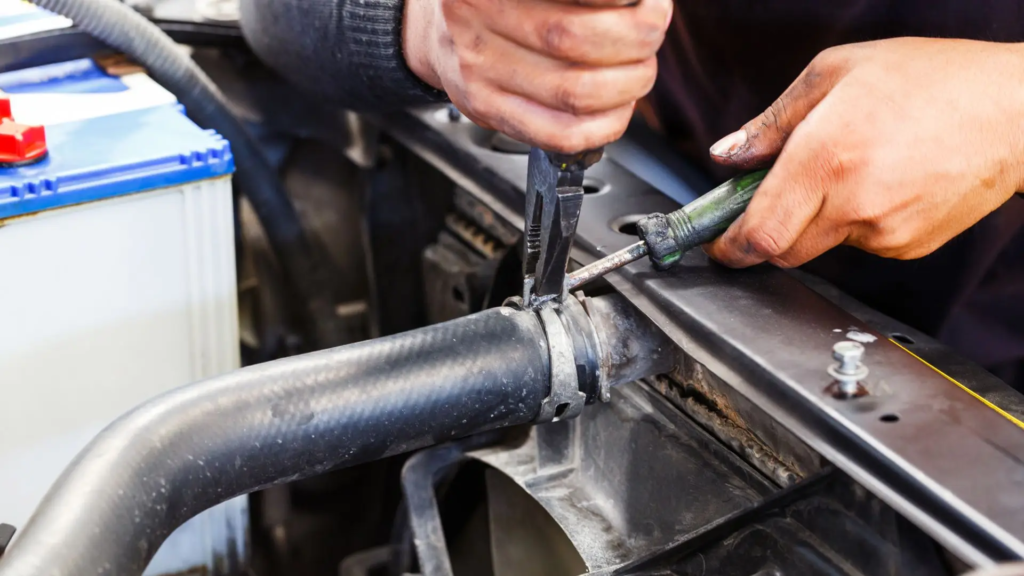
How to Resolve the Issue
Clamps with a worm gear band are also commonly used in factories. However, the possibility exists that they could break free in the long run as well.
How To Replace Hose and Clamp

In most cases, a new hose is an answer to your troubles. As a result, knowing this fundamental ability is essential.
1. Disconnect the hose and clamp
Use a pair of pliers or a screwdriver to undo the clamp’s screw and then hang it. Just slowly pull the hose out. In order to get it out, slowly wiggle it.
If you want to catch any escaping coolant, place a bucket under the opening head. The new hose and clamp need to be installed now.
2. Buy New Hose
If additional damage is discovered, such as cracks or tears, a new hose should be used instead of repairing the old one. If your hose’s connection point is rough, try spraying it with WD40.
Follow the instructions in the manual for the hose’s diameter and construction. Leave one side of the clamps undone when fastening them on both sides. Hence, the other may be wriggled into place with little effort.
Note: If you want to replace a hose, make sure the new one has the same bend as the previous one. Be sure to wash brand-new hoses in warm, clean water.
Finally, fill the radiator with new coolant, start the engine, and double-check everything.
How to Avoid Leakage?
The importance lies in the material itself. It is standard practice to make these clamps from marine-grade stainless steel so that they will not rust.
The best type of clamp is another topic of debate. But, the maker and type of cooling system in question make a difference. Do as the manual tells you to do at all times.
Putting in a heat shield over the hose would protect it from the destructive effects of the heat. It’s important to periodically drain the engine’s internal fluids. The same is true for the engine oil, the metal sludge, and the cooling system.
Bottom Line
Even the smallest leaks need to be looked for and fixed. The efficiency of the cooling system is proportional to the rate at which the coolant is circulated.
Even a small leak could have serious consequences for the process as a whole. So, it’s important that you move on quickly.
FAQs
How tight should a radiator hose clamp be?
Little rubber and plastic lines, with diameters between 1/4″ and 3/8″, are commonly secured with worm drive hose clamps. A torque of 10-15 in lbs is recommended for them.
Can you overtighten the radiator hose clamps?
How big the object’s outside diameter is will determine the size of the hose clamp you’ll require. There is a risk of over-tightening a loose clamp, so be wary if the clamp you’re using looks too tight or too loose.
Is it possible to use multiple clamps at once?
At most, you can use two clamps when joining two things together. As the clamps aren’t parallel to one another, the space in between them could be damaged rapidly by the unbalanced force.
Keep in mind that the area occupied by the bolt heads in a connection makes it ideal to utilize only one.

